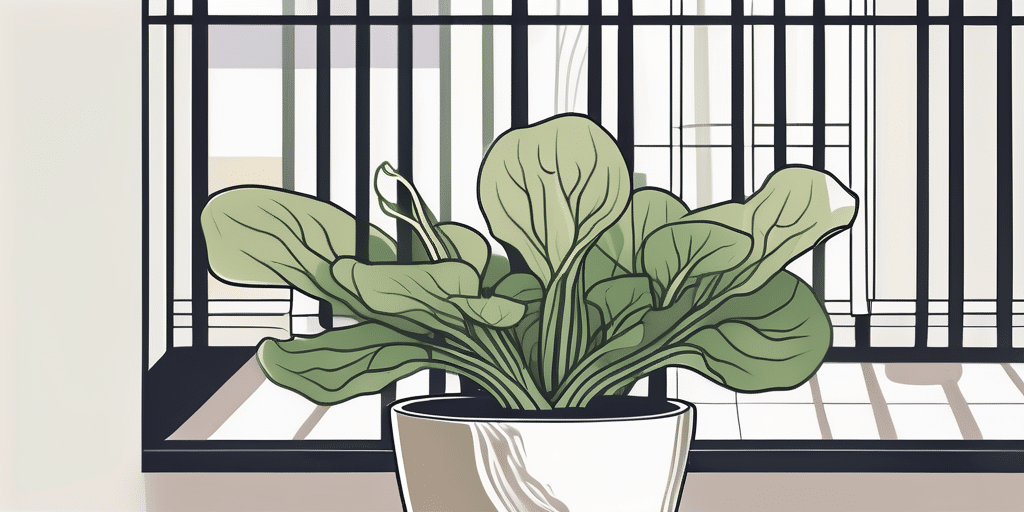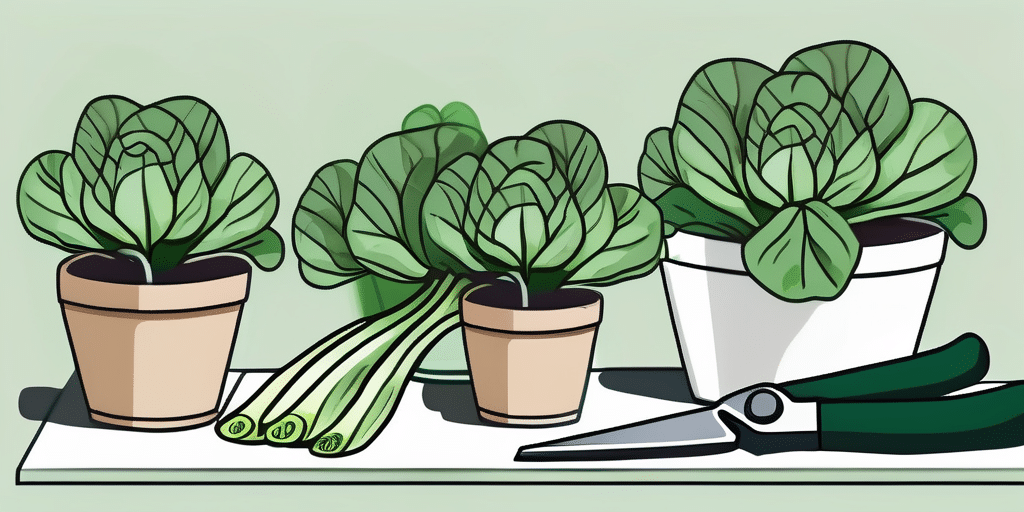Watering baby bok choy, a type of Chinese cabbage, is a crucial aspect of its care. This leafy green vegetable is known for its tender texture and mild flavor, making it a popular ingredient in a variety of dishes. But to ensure that your baby bok choy thrives, it’s essential to understand the right watering techniques.
Understanding Baby Bok Choy’s Water Needs
Baby bok choy, like many leafy greens, has a high water content. According to the United States Department of Agriculture (USDA), bok choy is made up of about 95% water. This means that the plant requires consistent and adequate watering to grow properly.
However, it’s important to note that while baby bok choy needs plenty of water, it doesn’t tolerate waterlogged soil. Overwatering can lead to a host of problems, including root rot and fungal diseases. Therefore, it’s crucial to strike a balance between providing enough water and not overdoing it.
Signs of Overwatering and Underwatering
Recognizing the signs of overwatering and underwatering can help you adjust your watering schedule as needed. When baby bok choy is overwatered, its leaves may turn yellow and wilt. In severe cases, the plant may also develop root rot, which can cause the plant to collapse.
On the other hand, underwatered baby bok choy may exhibit signs such as wilting, browning at the edges of the leaves, and stunted growth. In extreme cases, the plant may die from dehydration.
How to Water Baby Bok Choy
Now that we’ve covered the basics of baby bok choy’s water needs, let’s delve into the specifics of how to water this plant. The following steps will guide you through the process.
- Check the soil moisture levels. Before watering, it’s important to check the soil’s moisture levels. You can do this by sticking your finger about an inch into the soil. If the soil feels dry at this depth, it’s time to water your baby bok choy.
- Water deeply. When watering, aim to water deeply rather than frequently. This encourages the plant’s roots to grow deeper into the soil, promoting healthier growth. Water until the soil is moist but not waterlogged.
- Water in the morning. It’s best to water baby bok choy in the morning. This allows the water to soak into the soil before the heat of the day evaporates it. Additionally, watering in the morning helps prevent the growth of mold and other fungi that thrive in damp conditions.
- Use a soaker hose or drip irrigation system. These watering systems deliver water directly to the plant’s roots, reducing water waste and preventing the leaves from getting wet, which can lead to disease.
Factors Affecting Watering Frequency
While the above steps provide a general guide, it’s important to note that the frequency of watering can vary based on several factors.
Climate
The climate in which you’re growing your baby bok choy can significantly impact how often you need to water. In hot, dry climates, you may need to water more frequently than in cooler, more humid areas. Always check the soil moisture levels before watering to ensure your plants are getting the right amount of water.
Soil Type
The type of soil you’re using can also affect watering frequency. Sandy soils drain water quickly and may require more frequent watering, while clay soils retain water longer and may require less frequent watering. Adding organic matter to your soil can improve its water-holding capacity and make watering more efficient.
Plant Size
The size of your baby bok choy plants can also influence how often they need to be watered. Larger plants have more extensive root systems and can generally go longer between waterings than smaller plants.
Additional Care Tips for Baby Bok Choy
Beyond watering, there are several other care tips to keep in mind to ensure your baby bok choy thrives.
- Light: Baby bok choy prefers full sun but can tolerate partial shade. Ensure your plants are getting at least six hours of sunlight each day.
- Soil: This vegetable prefers well-draining soil with a pH between 6.0 and 7.5. You can add compost or other organic matter to improve soil fertility.
- Fertilizer: Apply a balanced vegetable fertilizer to provide necessary nutrients. Follow the package instructions for application rates.
- Pest control: Watch out for pests like aphids and cabbage worms. Use organic pest control methods like neem oil or insecticidal soap to manage these pests.
In conclusion, watering baby bok choy properly is crucial for its growth and development. By understanding the plant’s water needs and adjusting your watering practices accordingly, you can ensure your baby bok choy thrives and produces a bountiful harvest.
Join the How to Grow Everything Community
Ready to take your gardening skills to the next level? Subscribe for free to How to Grow Everything and learn how to build the garden of your dreams! Receive personalized gardening advice tailored to your grow zone and experience level. Enjoy the best gardening tips, special offers, and deals delivered straight to your inbox – with no spam, just valuable insights from our family to yours. Start growing your baby bok choy and more today, 100% free!






